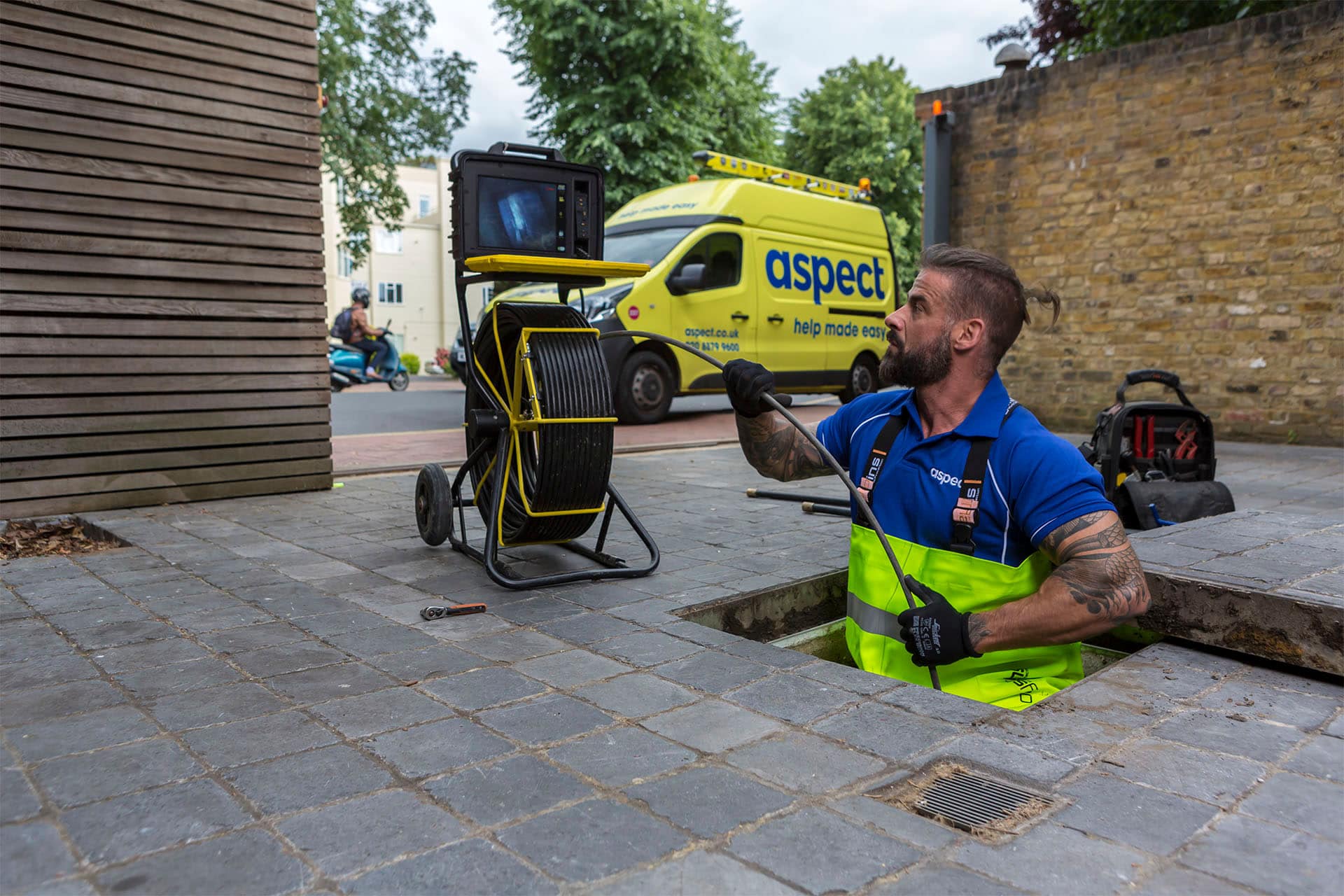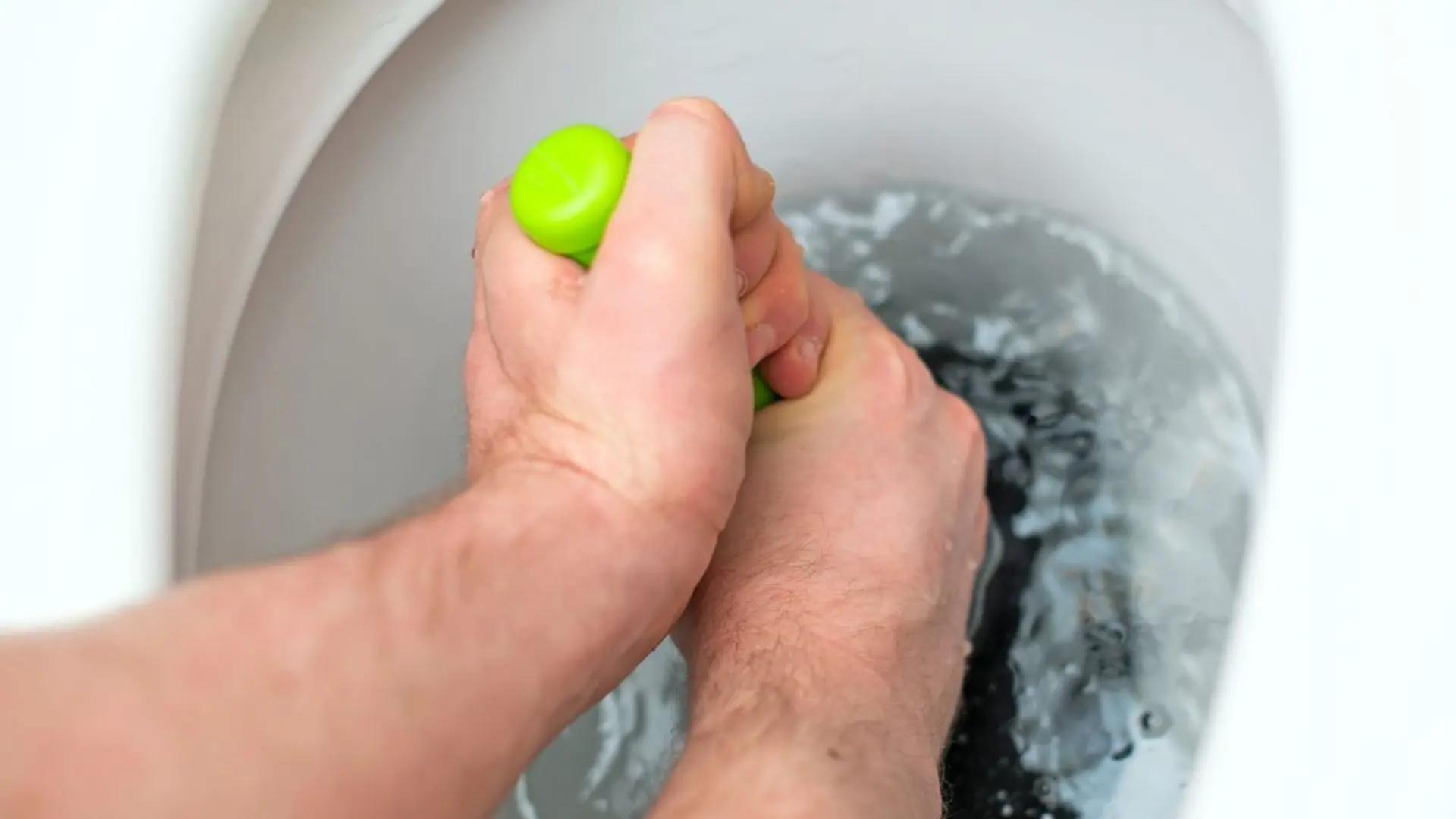Measures for Addressing a Blocked Drain Prior to Reaching out to Professional Plumbers
Measures for Addressing a Blocked Drain Prior to Reaching out to Professional Plumbers
Blog Article
What are your opinions on Some easy tips to fix blocked drains?

Intro
Taking care of an obstructed drainpipe can be an aggravating experience, disrupting everyday tasks and potentially creating damages to your property. However, prior to reaching out to pipes experts, there are actions you can take to address the concern yourself. In this overview, we'll explore do it yourself solutions and safety nets to take on a blocked drainpipe efficiently.
Recognizing the Issue
The primary step in attending to an obstructed drain is acknowledging the indicators. Slow-moving drainage, gurgling noises, foul odors rising from drains, or water backing up are common indications of a blocked drainpipe. Determining these indications early can aid stop even more difficulties.
Common Sources Of Blocked Drains
Comprehending the elements that contribute to drain pipes blockages is important for efficient resolution. Typical wrongdoers include hair, soap scum, oil, food particles, and foreign objects like sanitary products or paper towels. Tree origins invading underground pipelines can also cause considerable obstructions.
Do it yourself Solutions
For small clogs, numerous do it yourself solutions can be effective. Putting boiling thin down the drainpipe can aid dissolve grease and debris. Baking soda and vinegar or a combination of salt and baking soda can work as all-natural cleaners. Utilizing a bettor or pipes serpent to remove obstructions is another alternative.
Devices and Tools
Having the right tools on hand can make do it yourself drainpipe cleaning extra effective. A bettor is a versatile tool for getting rid of blockages in sinks, commodes, and showers. A plumbing serpent or auger can reach much deeper clogs, while drainpipe cleansing chemicals can be made use of meticulously for stubborn obstructions.
Safety nets
To avoid future clogs, taking on preventive measures is crucial. Set up drain guards or filters to capture hair and debris before they go into the pipes. Frequently flush drains with warm water to dissolve oil build-up, and stay clear of throwing away grease or solid waste down the tubes.
When to Call an Expert
While do it yourself solutions can resolve small clogs, specific indicators indicate the need for expert aid. Consistent clogs, foul odors regardless of cleaning initiatives, or several drains backing up simultaneously are warnings that necessitate professional intervention.
Picking the Right Plumbing Solution
When choosing a pipes solution, take into consideration variables such as experience, licensing, and client testimonials. Pick a trustworthy plumbing with a performance history of high quality handiwork and clear prices methods.
Cost Factors to consider
The price of expert drain cleaning company can vary relying on the seriousness of the blockage and the plumbing professional's rates. Demand quotes from multiple suppliers and ask about any type of service charges to ensure openness and stay clear of shocks.
Safety Measures
When trying do it yourself drain cleaning, focus on safety and security. Put on safety gloves and eyeglasses to stay clear of contact with unsafe chemicals or microorganisms. Never blend different drainpipe cleansing items, as this can produce unsafe fumes.
Instance Researches
Real-life examples illustrate the performance of do it yourself options and the relevance of timely expert treatment in fixing drainpipe blockages.
Conclusion
By adhering to the suggestions described in this guide, you can successfully deal with obstructed drains and avoid future plumbing concerns. Whether opting for do it yourself solutions or seeking specialist assistance, prompt action is vital to maintaining a healthy plumbing system and maintaining the honesty of your home.
How to Clear a Clogged Drain Yourself (And When to Call In the Professionals)
What Can Clog a Drain
Dirt Skin flakes Hair Grease Soap scum Food Offset pipes Tree roots Small objects Mineral buildup DIY Tricks to Unclog a Drain
You can fix this! Once you have identified the source of the clog (or have a vague idea), you can try one or a combination of these fixes in order to clear your plumbing.
Wire Hanger or Snake
Untangle and clear out hair from a drainpipe with a homemade snake. Use a straightened-out wire hanger with a 90-degree angle hook to locate the clog and drag out any unwanted material.
Remember not to push the clog further down to where the wire hanger cannot reach! If you need to follow up with a plunger, give it a try. Your efforts might be more successful after it’s been wire-snaked.
If you want to get fancy and don’t have a wire hanger to spare, head to the store and pick up a hand-operated drain snake. You can get one for $10-$30. It may save you the hassle, and provide additional length to reach deep into the clogged pipe.
Plunger
A cup plunger has a suction cup attached to a wooden handle. The rubber creates a seal around the drain, and increases the pressure force of the plunger.
Plunge for 30-second increments to loosen the clog. This may need to be repeated over the course of 15-20 minutes. Once plunged, run the water to flush the remaining material out of the drain.
Remember– never use a plunger if you have used a chemical drain cleaner. These chemicals can splash up from the force of the plunger and cause serious injury or burns.
Boiling Water
Hot water can sometimes break up materials into a flushable amount. Dirt, grease, and soap buildup requires heat in order to unstick from surfaces.
Take your kitchen kettle and heat your water to a boil. Once it reaches a rolling boil, pour it directly down the drain into the blockage. Carefully follow with plunging, if necessary.
Don’t worry if this takes more than one try! It can often take multiple kettles and repeated plunging in order to clear a particularly stubborn clog.
Chemical Drain Cleaner
As a last resort, pick up a bottle of chemical drain cleaner. Drain-cleaning chemicals are potent, and not very good for the environment.
You may need to wear protective eyewear in gloves before handling your bottle of chemical drain cleaner. Follow the instructions printed on the bottle, and flush with water as soon as the instructions allow. Do not follow with plunging.
Baking Soda and Vinegar
As a safer alternative to chemical drain cleaner, baking soda and vinegar can create a chemical reaction that clears tough clogs.
Combine one cup of cleaning vinegar with one cup of boiling water, and set aside. Once you have done this, pour half a cup of baking soda down the drain. Give the baking thirty seconds to settle and cover a large portion of the problem drain.
Following the baking soda, pour down your vinegar and hot water solution. Once the vinegar and baking soda combine, the mixture will bubble and fix. Let this reaction fizzle in the drain for about an hour.
After an hour, follow with a kettle’s worth of hot water. The heat and liquid should flush out any remaining material.
When to Call a Plumber
If your DIY attempts haven’t cleared your clog drain, it’s time to call in a professional. It’s not worth losing access to your kitchen sink or high-traffic bathroom. A clog in a vital area can keep you from the things you’d rather be doing, and derail your routine.
Anytime a clog is causing water to spread is a time to call in a plumbing service. What starts out as a little bit of water can quickly grow into serious, expensive water damage.
Additionally, a serious clog can result in burst pipes or serious leaks. Make sure you know when to take it seriously!
https://myguysnow.com/how-to-clear-a-clogged-drain-yourself-and-when-to-call-in-the-professionals/

I was brought to that editorial about through someone on another web address. Liked our write up? Please share it. Help somebody else locate it. Thank you for your time. Don't hesitate to visit our website back soon.
Call Today Report this page